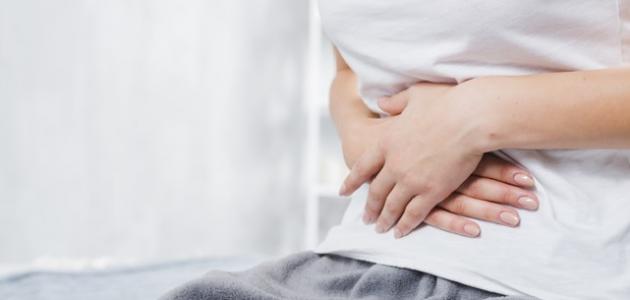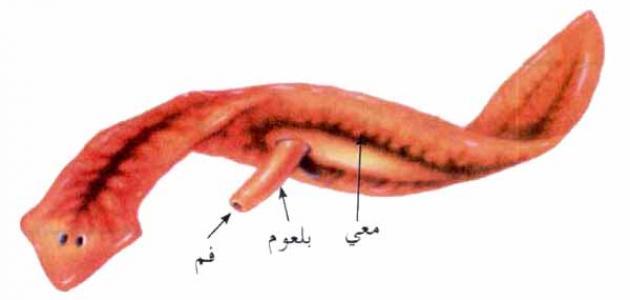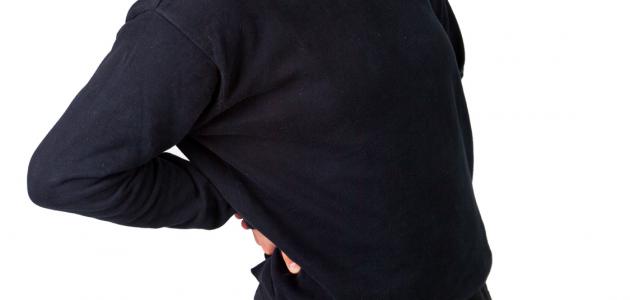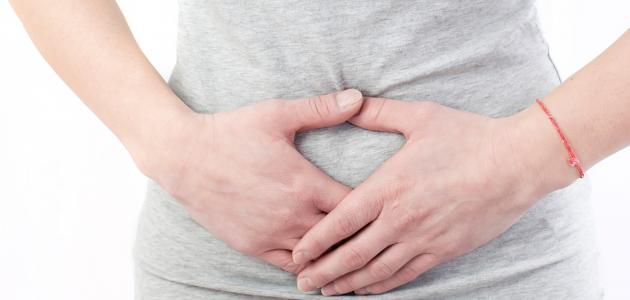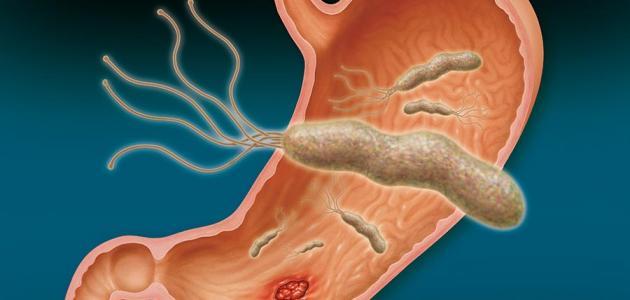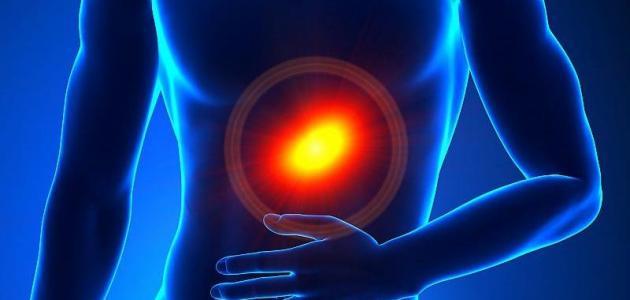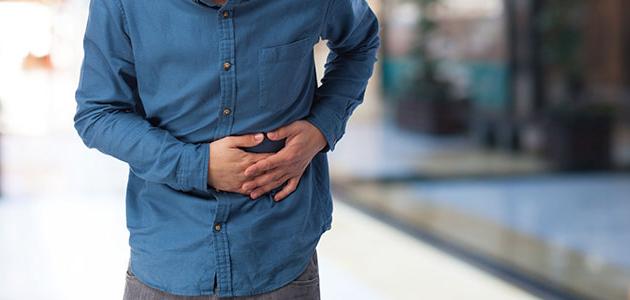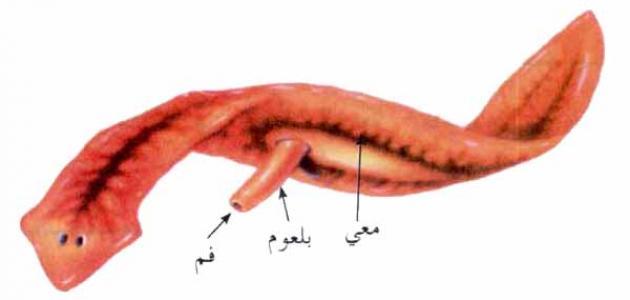Symptoms after cholecystectomy
Although a person can live completely normally without a gallbladder, it is common for some minor side effects to occur after cholecystectomy, and in fact, cholecystectomy does not usually have long-term effects. Among the possible symptoms or effects after cholecystectomy are the following:
the pain
It is normal to feel pain, as is the case when performing any type of surgery, and its intensity varies from one person to another depending on the person himself, and on the body’s response to pain relievers, as the patient suffers from pain in the abdomen and at the sites of small incisions, and some patients may suffer from pain In the shoulder on the first or second day, which can be alleviated by walking, as this pain results from the gases that remained in the abdomen during the operation, but they go away on their own. In fact, pain relievers are prescribed to be used when needed, as the patient needs painkillers on several days. The first is to feel comfortable, but the need to use it should decrease as the patient returns to his activity. In the case of severe pain, narcotic drugs (in English: Narcotic drugs) are used, such as: morphine and codeine, and non-steroidal anti-inflammatory drugs (in English: Non-Steroidal Anti-Inflammatory Drugs) can be added to them, or NSAIDs for short, such as: Ibuprofen, if the pain is mild or If there is inflammation, non-steroidal anti-inflammatory drugs can be used alone.
Read also:How to expel gas from the abdomenIt is worth noting the importance of following the doctor’s instructions regarding taking painkillers and making sure to take only medications approved by the health care provider. For example, aspirin and some other analgesics can increase the risk of bleeding, and it is worth noting that deep breathing and rest can help control pain, maintain lung health after anesthesia, and help with good drainage of lymphatic fluid, so it is recommended that the patient perform relaxation and breathing exercises. Deep massage several times a day during the first week of the operation, or when feeling stressed.
Loss of appetite, nausea and vomiting
After undergoing cholecystectomy surgery, the patient may suffer from decreased appetite, which is a common occurrence, so it is recommended that the patient eat many small meals that contain fruits and vegetables, meat, chicken, fish, bread, cereals, and dairy products, in order to help the body recover quickly, and on the other hand Another possibility is that the patient may feel nauseous or vomit, and the doctor may prescribe anti-vomiting medications for this.
Digestive symptoms
Cholecystectomy surgery may change normal bowel habits. Anesthesia and lack of movement, in addition to taking narcotic pain medications, may lead to constipation, which is common after this surgery. This can be overcome by increasing the amount of fiber in the diet and drinking more fluids. It is also possible to take laxative medications if necessary. On the other hand, the patient may suffer from diarrhea after eating in rare cases, and this condition may last for a period of time ranging between 4-8 weeks, or it may last for longer periods than that in some cases. Eating foods rich in fiber, such as: fruits, vegetables, brown rice, and whole grain bread, may help reduce bloating, gas, and diarrhea if the patient suffers from them. It is also possible to consult a doctor to prescribe medications to help overcome this.
Read also:Symptoms of stomach germs
Post-cholecystectomy syndrome
It is possible that after cholecystectomy, some people may suffer from a medical condition known as post-cholecystectomy syndrome, whereby symptoms similar to those of gallstones appear, which include abdominal pain, indigestion, diarrhea, and yellowing of the eyes and skin. What is known as jaundice, and a high temperature that may reach 38 degrees Celsius or higher. The reason for this may be due to the leakage of bile into the stomach, or sometimes it is the result of stones that have not been removed from the bile duct. In most cases, these symptoms are mild and do not last long. Usually, but it may last for several months in some cases, and it should be noted that the process of removing the remaining stones can be resorted to, or taking medications to reduce the apparent symptoms.
Other symptoms
It is worth noting many other symptoms that may appear after cholecystectomy, as follows:
- A sore throat caused by a breathing tube, and lozenges may help soothe this.
- Redness of the skin around the wounds. This is normal if the redness is only around the incisions.
- Swelling of wounds and bruising, which should begin to improve within a few days.
- Irritability and mood swings, and this feeling should go away during the recovery period.
- Feeling tired. It usually takes 3 weeks for the energy level to return to normal.
- Lack of thinking clearly, due to general anesthesia or taking narcotic painkillers. The patient may have difficulty remembering, so the patient should not drive a car or make any major decisions for at least two days.
Read also:The latest treatment for C
Reasons for consulting a doctor
It should be noted that a doctor should be consulted if one of the following symptoms appears:
- The symptoms that the patient was experiencing before the operation appear again.
- Temperatures rise to 38 degrees Celsius or higher.
- Continued vomiting, continued feeling of nausea, or both.
- Yellowing of the skin and whites of the eyes, known as [what is jaundice].
- Dark urine and yellow stool.
- Sudden shortness of breath, chest pain, or both.
- Persistent watery diarrhea, which may be evidence of intestinal inflammation, especially if it is accompanied by fever.
- Fever accompanying a cough may be evidence of an infection in the lung, wound, or stomach.
- Increased heart rate. For example, an increase in the heart rate to more than 100 beats per minute may indicate the presence of inflammation.
- Swelling and pain in the leg, especially if it is on one side, which may be due to the formation of a clot in the leg.
- sudden new stomach pain; This may be evidence of leakage around the stomach or a stomach infection.
- The patient is unable to eat or drink.
- A cough that does not improve.
- Inability to defecate 2-3 days after the operation.
- Increased swelling and redness of wounds, or if these wounds spread or get worse.
- The presence of discharge from the surgical wound that is green or brown in color or has a foul smell, or blood or pus coming out of it.
- Appearance of rectal bleeding.
- Feeling uncontrollable pain even with the use of painkillers.
- chills
Tips after gallbladder removal
There are a set of tips provided to individuals undergoing cholecystectomy to avoid the symptoms mentioned above and reduce the chance of complications in general, including the following:
- Adhere to the doctor’s instructions about caring for the surgical wound and its sutures.
- Doing simple exercises.
- Make sure to eat healthy, balanced food.
- Return to work 10-14 days after the operation, depending on the nature of the work.
